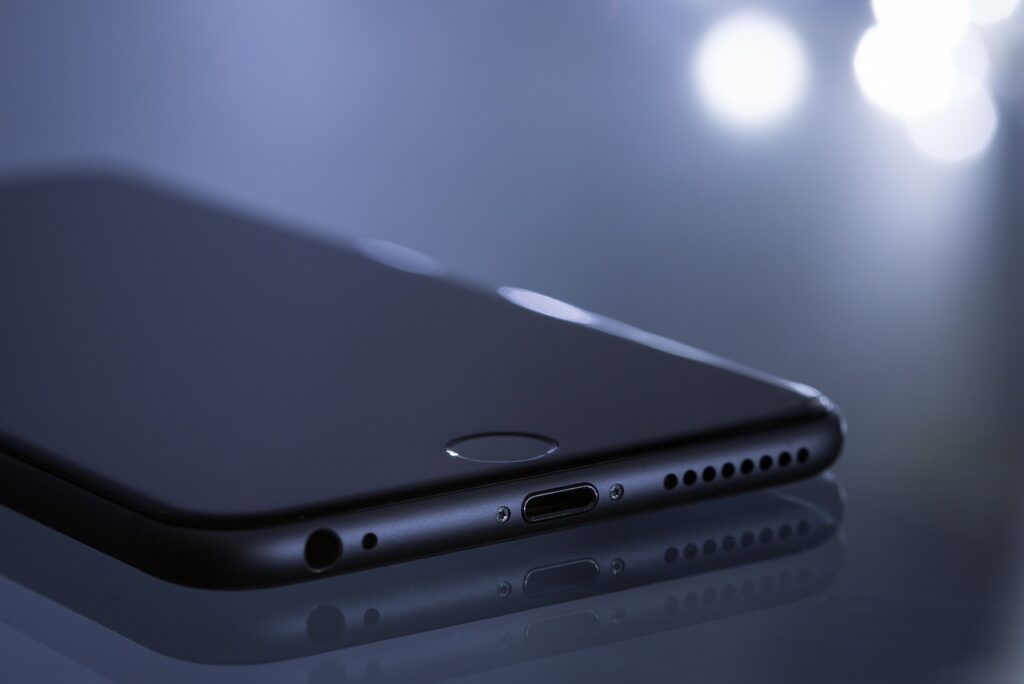The Hidden Hero: Your Phone’s Secondary or Secret Microphone
That tiny, often overlooked round hole on your smartphone is far more than a decorative feature. It’s a technological marvel that revolutionizes how we communicate, ensuring crystal-clear conversations in even the most challenging acoustic environments.

The Science Behind Noise Cancellation
Modern smartphones are equipped with an advanced dual microphone system that acts like a sophisticated audio filter. When you make a call, two microphones work in perfect synchronization:
– The primary microphone captures your direct voice
– The secondary microphone captures surrounding environmental noise
This ingenious design allows your phone’s processor to perform real-time audio processing, effectively eliminating background sounds and preserving the clarity of your voice.
Why Noise Reduction Matters
Imagine trying to have an important business call while standing on a busy street corner. Without noise cancellation technology, your conversation would be nearly impossible. The secondary microphone ensures that:
1. Your voice remains crisp and clear
2. Background sounds are dramatically reduced
3. The listener experiences minimal audio interference
Technical Mechanics of Sound Filtering
The secondary microphone uses complex algorithms to:
– Identify and isolate background noise
– Create an inverse sound wave that cancels out unwanted audio
– Amplify the primary voice signal
– Maintain natural voice characteristics
Placement and Performance
Smartphone manufacturers strategically position these microphones to maximize performance:
– Bottom microphone: Primary voice capture
– Top microphone: Noise cancellation
– Rear microphone: Additional audio processing for videos and recordings
Real-World Applications
This technology proves invaluable in multiple scenarios:
– Busy urban environments
– Noisy transportation settings
– Professional conference calls
– Outdoor communication
– Hands-free voice commands
Evolution of Microphone Technology
The journey of smartphone microphones represents a remarkable technological advancement:
– Early mobile phones: Single, low-quality microphone
– Mid-2000s: Introduction of basic noise reduction
– Current smartphones: Advanced multi-microphone systems with AI-powered audio processing
Global Impact
Noise cancellation technology has transformed communication by:
– Improving accessibility for hearing-impaired individuals
– Enabling clearer international communications
– Supporting professional remote work environments
– Enhancing user experience across diverse acoustic conditions
Interesting Technical Insights
Most users are unaware that their secondary microphone:
– Operates at incredibly high sampling rates
– Can detect sounds across multiple frequency ranges
– Uses machine learning to continuously improve noise reduction
– Consumes minimal battery power
Future Innovations
Emerging technologies suggest even more sophisticated noise cancellation:
– AI-powered sound filtering
– Adaptive noise reduction
– Enhanced voice recognition
– Multilingual audio processing
Conclusion
That small, unassuming round hole represents a sophisticated technological ecosystem. It transforms how we communicate, breaking down acoustic barriers and ensuring that your voice is heard clearly, regardless of environmental challenges.

Next time you make a call in a noisy environment, take a moment to appreciate the incredible engineering behind that tiny microphone hole. It’s not just a feature—it’s a communication revolution.


I have been exploring for a little bit for any high-quality articles or blog posts on this kind of space . Exploring in Yahoo I eventually stumbled upon this website. Reading this information So i am happy to express that I’ve a very just right uncanny feeling I discovered just what I needed. I such a lot undoubtedly will make sure to don¦t overlook this website and provides it a glance on a continuing basis.
whoah this blog is magnificent i love reading your posts. Keep up the great work! You recognize, many persons are hunting round for this information, you could aid them greatly.
Write more, thats all I have to say. Literally, it seems as though you relied on the video to make your point. You obviously know what youre talking about, why throw away your intelligence on just posting videos to your site when you could be giving us something enlightening to read?
Hey there! Quick question that’s totally off topic. Do you know how to make your site mobile friendly? My site looks weird when viewing from my iphone4. I’m trying to find a theme or plugin that might be able to correct this issue. If you have any suggestions, please share. Thank you!
I was wondering if you ever considered changing the structure of your site? Its very well written; I love what youve got to say. But maybe you could a little more in the way of content so people could connect with it better. Youve got an awful lot of text for only having one or two images. Maybe you could space it out better?
Youre so cool! I dont suppose Ive read something like this before. So nice to find someone with some unique ideas on this subject. realy thank you for starting this up. this website is something that is wanted on the web, someone with a bit of originality. helpful job for bringing one thing new to the web!
You have remarked very interesting points! ps decent site.